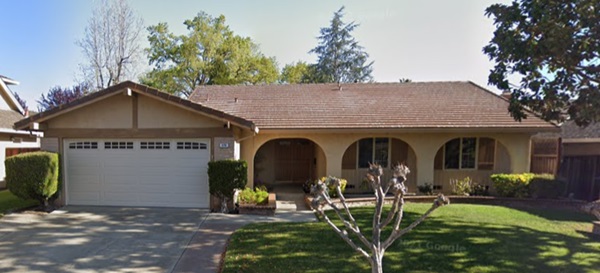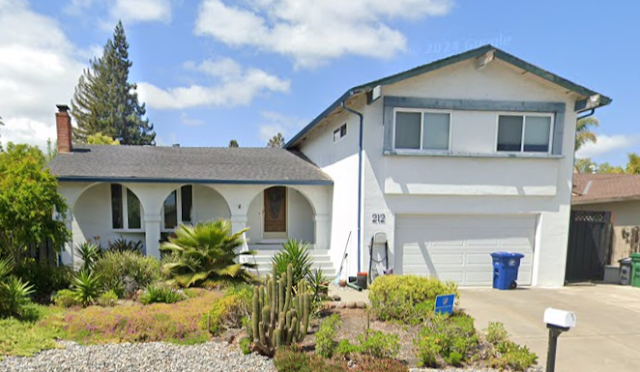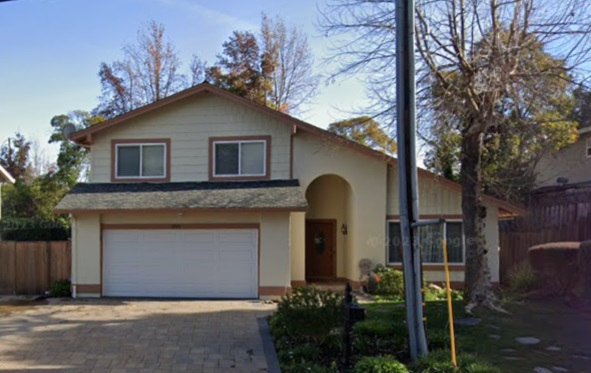One thing you might have noticed on many homes around the Tri-Valley, there's a lot of arches. In fact, if you live in a home built after 1965, there's a good chance you have an arch, too. The funny thing about these arches is that they seem unique to tract homes, especially in California. You might be wondering, where did these arches come from, and why are there so many of them?
By the late 1960s, architectural tastes began shifting back toward traditional forms, with a resurgence in styles inspired by Mediterranean aesthetics. Responding to this renewed interest, mass-market home builders embraced Neo-Mediterranean designs, creating suburban neighborhoods that celebrated classic charm with a modern twist. These homes resonated deeply with buyers, and the style quickly became a defining feature of California’s suburbs, including the Tri-Valley region.
What is Neo-Mediterranean style?
Neo-Mediterranean style reinterprets the earlier Spanish Eclectic movement, popular between 1915 and 1940. Hallmarks of this style include stucco walls, rounded arches, and red tile roofs—features evocative of the sun-drenched villas of Spain and Italy. The style’s practicality and aesthetic appeal made it a natural fit for California and the American Southwest.
Unlike other architectural trends, the Neo-Mediterranean style evolved primarily through the imagination of builders rather than architects, making it uniquely tied to the history of suburban tract homes. The result was a style both familiar and innovative, designed to captivate mid-century home buyers.
The rise of Neo-Mediterranean style in the Tri-Valley
Livermore: embracing the movement
Livermore became a hub for Neo-Mediterranean design, with some of the highest concentrations of these homes in the Tri-Valley. Builders most notable for arches include H. C. Elliott, Sunset Homes, Hofmann, and Duc & Elliot.
 |
Hofmann's triple arches in Carlton Square (1967).
|
 |
| Duc & Elliot's signature arch in Los Altos Heights (1967). |
 |
| Sunset Homes' double arches in Sunset West (1966)--a home which broke sales records. |
 |
| H.C. Elliott's signature arch in Somerset (1968). |
 |
| Sunset went crazy and did 6 magnificent arches in Sunset East (1968). |
 |
| Sunset dialed it back to one arch at Shadowbrook (1974). |
Dublin: just missing the trend
Most of Dublin’s early neighborhoods were built before the Neo-Mediterranean style gained traction. However, it appeared in a few key developments from 1965 onward. Builder Hy Weisel (Proud Homes) is most notable for arches in Dublin.
 |
| Hy Weisel's arch in Ecco Park (1965). |
 |
Hy Weisel's arch in Ecco Park (1967).
|
Pleasanton: inspired by the style
Pleasanton adopted Neo-Mediterranean aesthetics in its neighborhoods beginning in 1965, blending the style with local character. Builders most notable for arches include Morrison Homes, Besco Group, Perma-Built Enterprises, and H. C. Elliott.
 |
| Morrison Homes' 4 1/2 arches in Pleasanton Valley (1965). |
 |
| Perma-Built's triple arches in Vintage Hills (1965). |
 |
| Besco's single arch in Val Vista (1967). |
 |
| Morrison Homes' tall arches in Valley Trails (1968). |
 |
| One of H. C. Elliott's best in Vintage Hills (1972). |
San Ramon: a new community's style
South San Ramon embraced Neo-Mediterranean designs extensively as its neighborhoods developed in the late 1960s. Builders most notable for arches include Kay Homes, McGah-Bailey, W. W. Dean, and Carl Dame.
 |
| Kay Homes' arches in Rancho Solano (1965). |
 |
| Kay Homes' triple arches in Rancho Solano (1965). |
 |
| McGah-Bailey's triple arches in Casa Manana (1967). |
 |
| W. W. Dean's tall arches at Casa Ramon (1976). |
 |
| Carl Dame's arch at Twin Creeks South (1977). |
The legacy of Neo-Mediterranean style in the Tri-Valley
The Neo-Mediterranean style left an indelible mark on Tri-Valley neighborhoods. By the mid-1960s, its distinctive arches and stucco finishes had become synonymous with California’s suburban identity. While the designs were tailored for mass appeal, they also captured the essence of California’s Spanish colonial heritage.
Today, these homes remain cherished symbols of mid-century innovation and timeless elegance, standing as architectural reminders of a unique period in the region’s history. Whether you’re strolling through Livermore, Pleasanton, Dublin, or San Ramon, the enduring charm of Neo-Mediterranean homes continues to inspire.





















Comments
Post a Comment